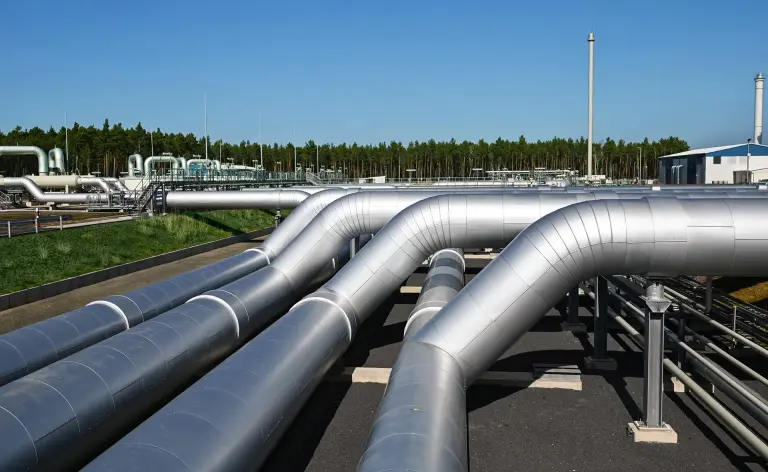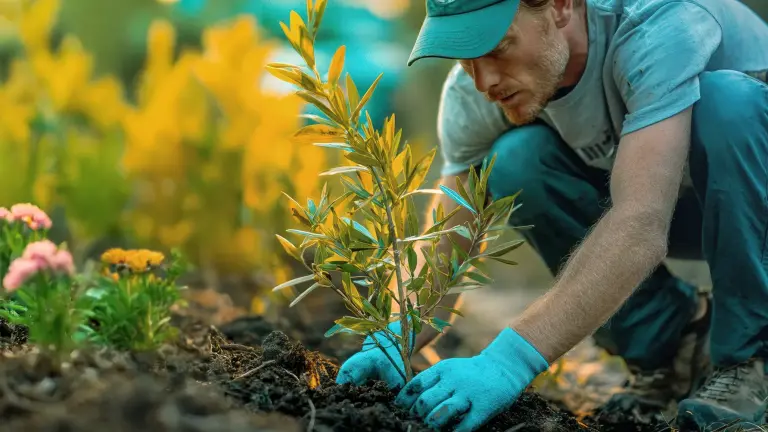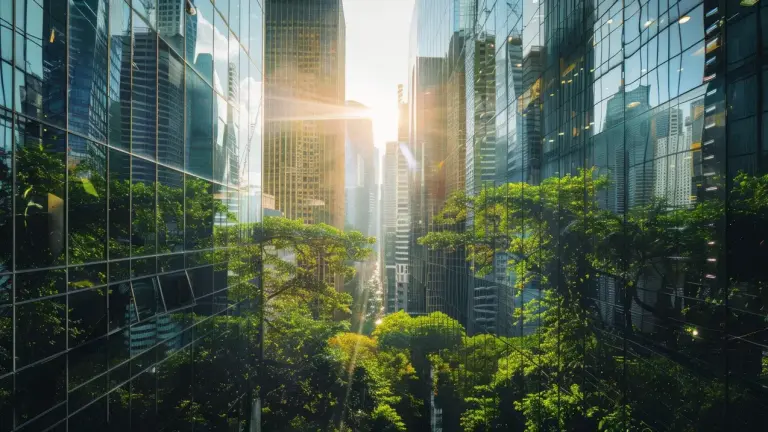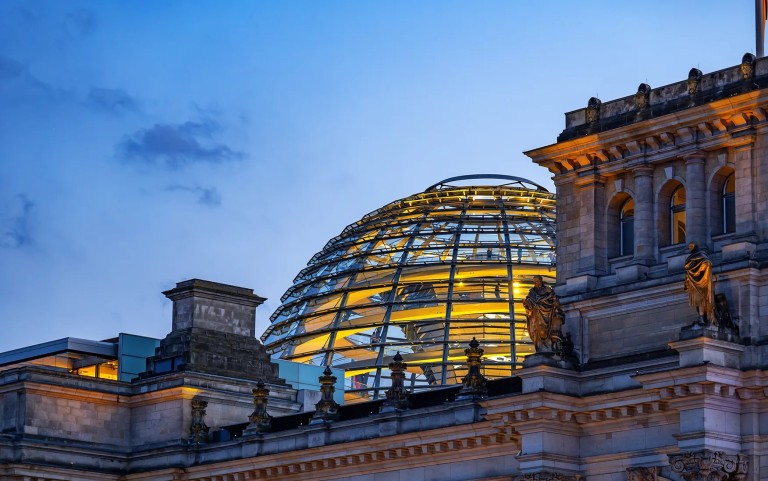REDUCING EMISSIONS
Transforming infrastructure, reducing emissions
The transformation of the energy system opens up new possibilities. For SEFE, this means seizing opportunities, acting responsibly and delivering measurable progress. Our environmental targets cover all sources of emissions: direct emissions (Scope 1), indirect emissions from energy supply (Scope 2) and supply chain emissions (Scope 3).
At the same time, we’re expanding our portfolio of low-carbon energy. The expansion of our hydrogen and electricity business plays a crucial role in laying the groundwork for the secure, climate-friendly and affordable energy supply of the future.


_image_w768.webp)

_image_w768.webp)






